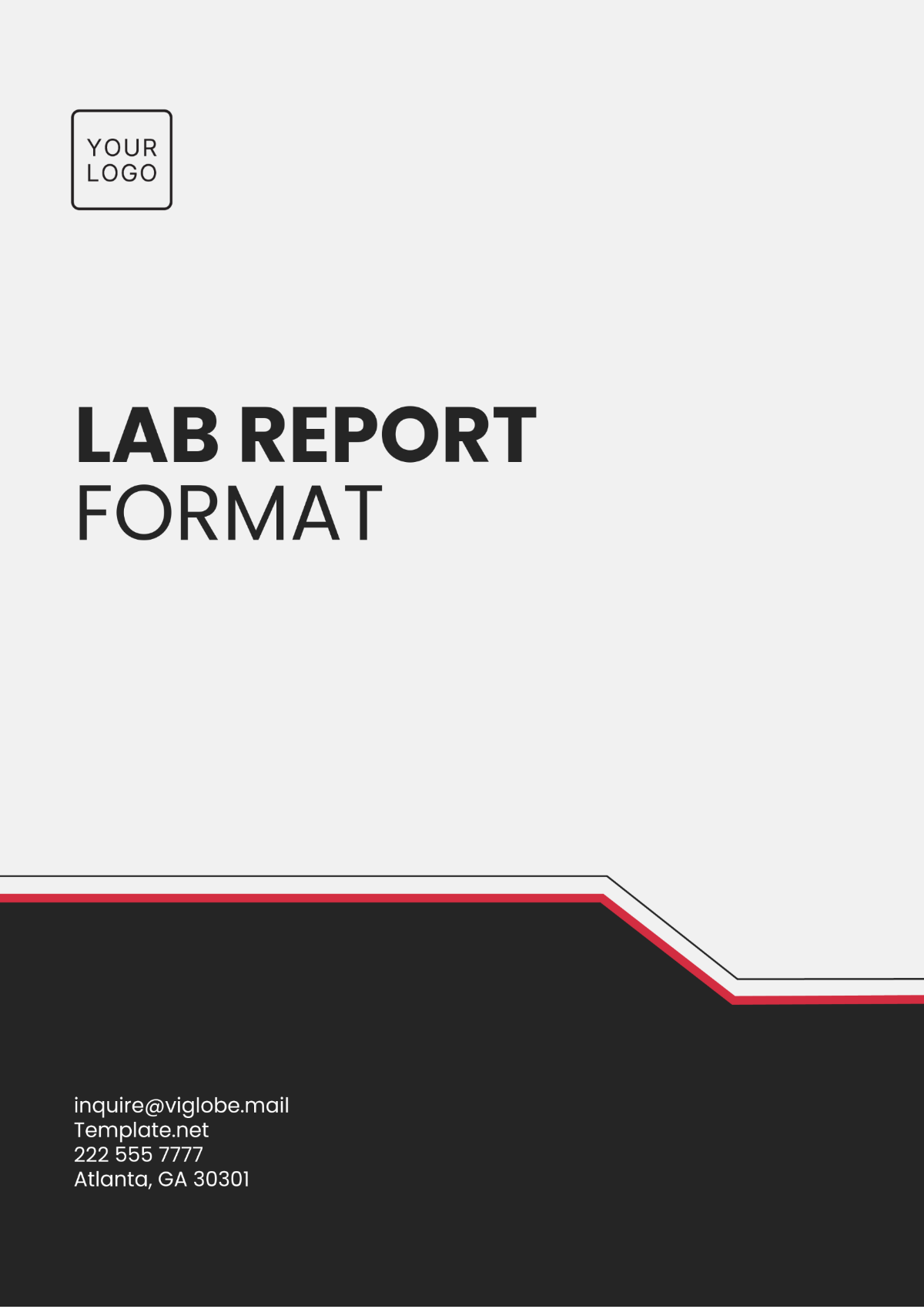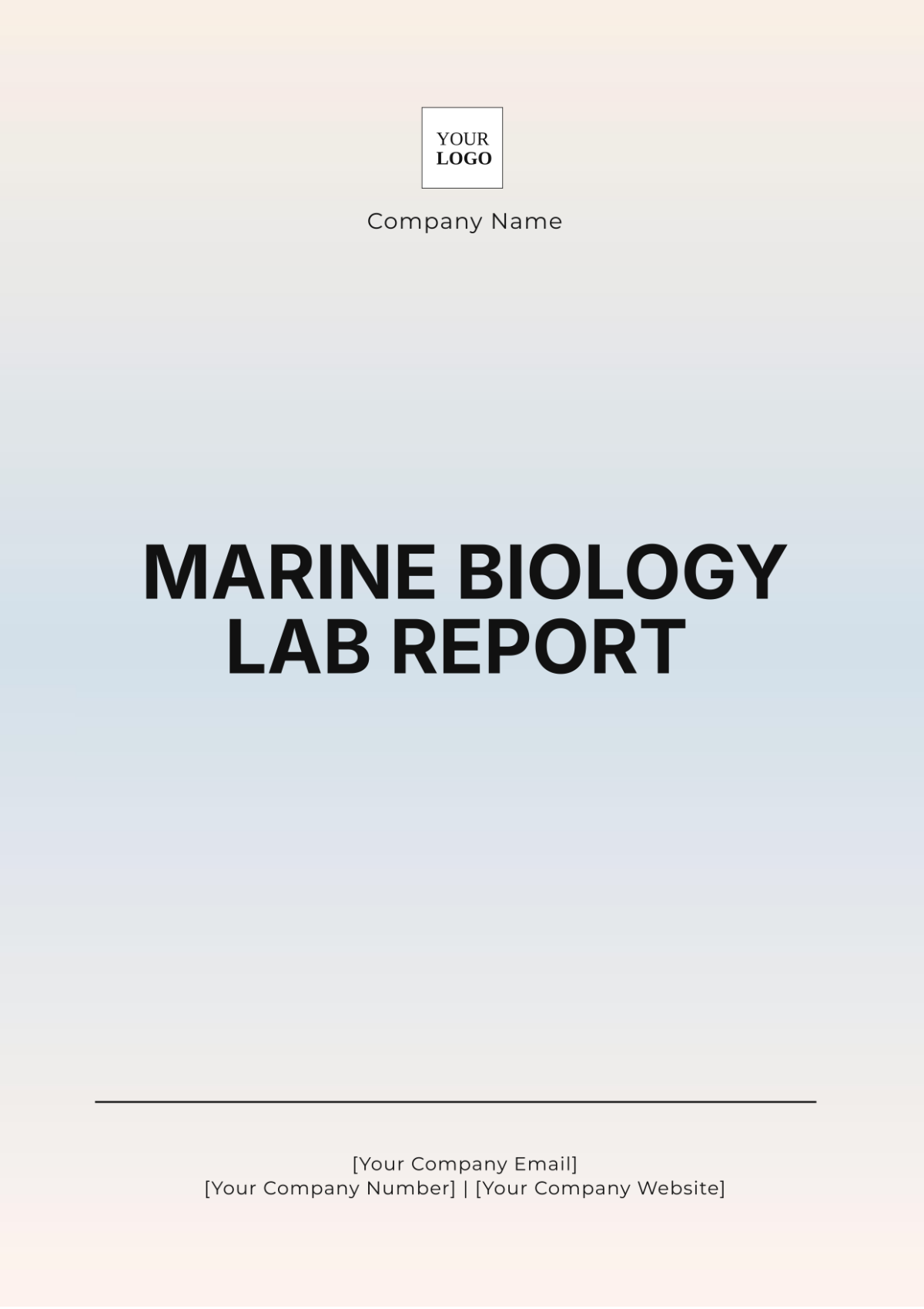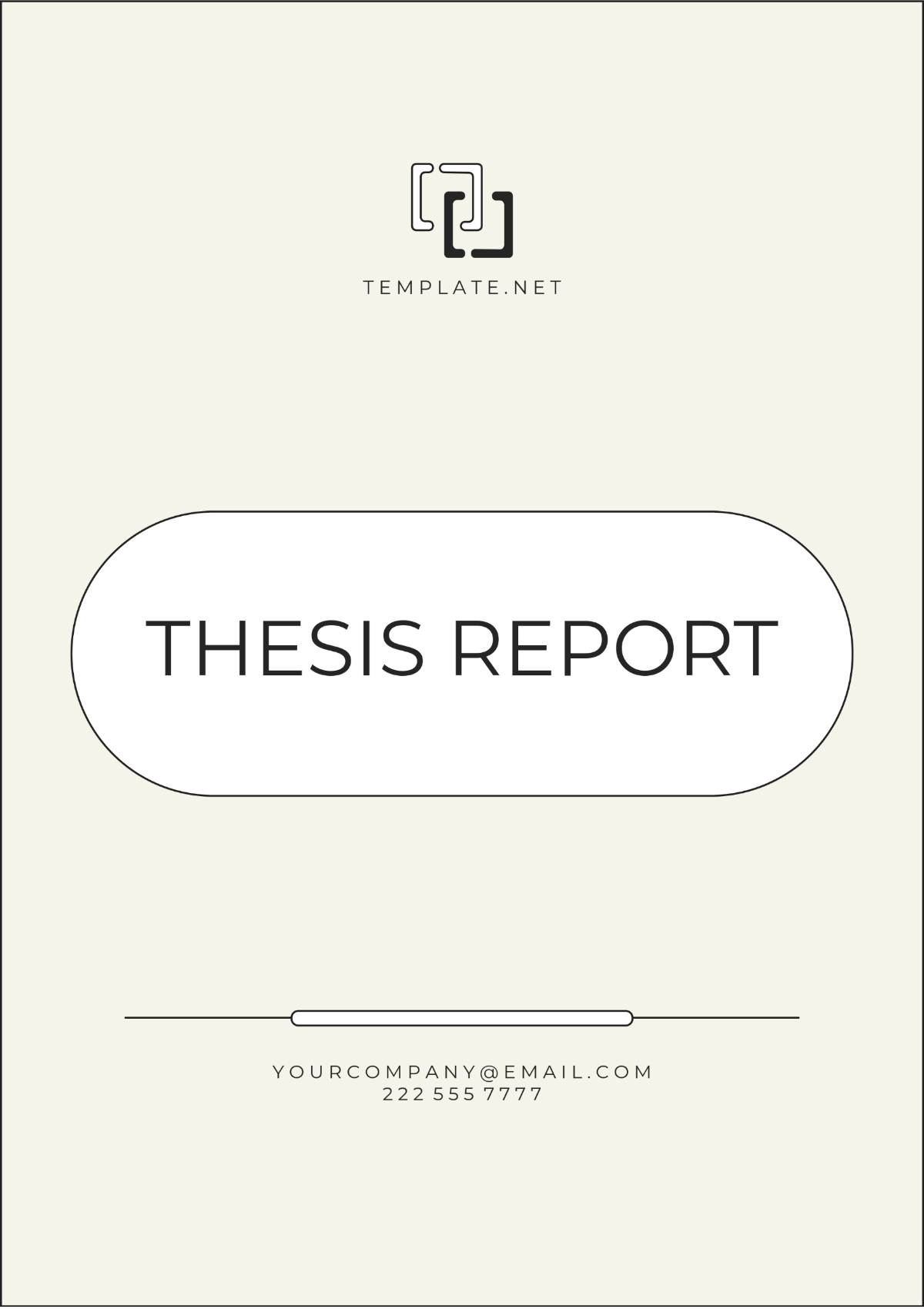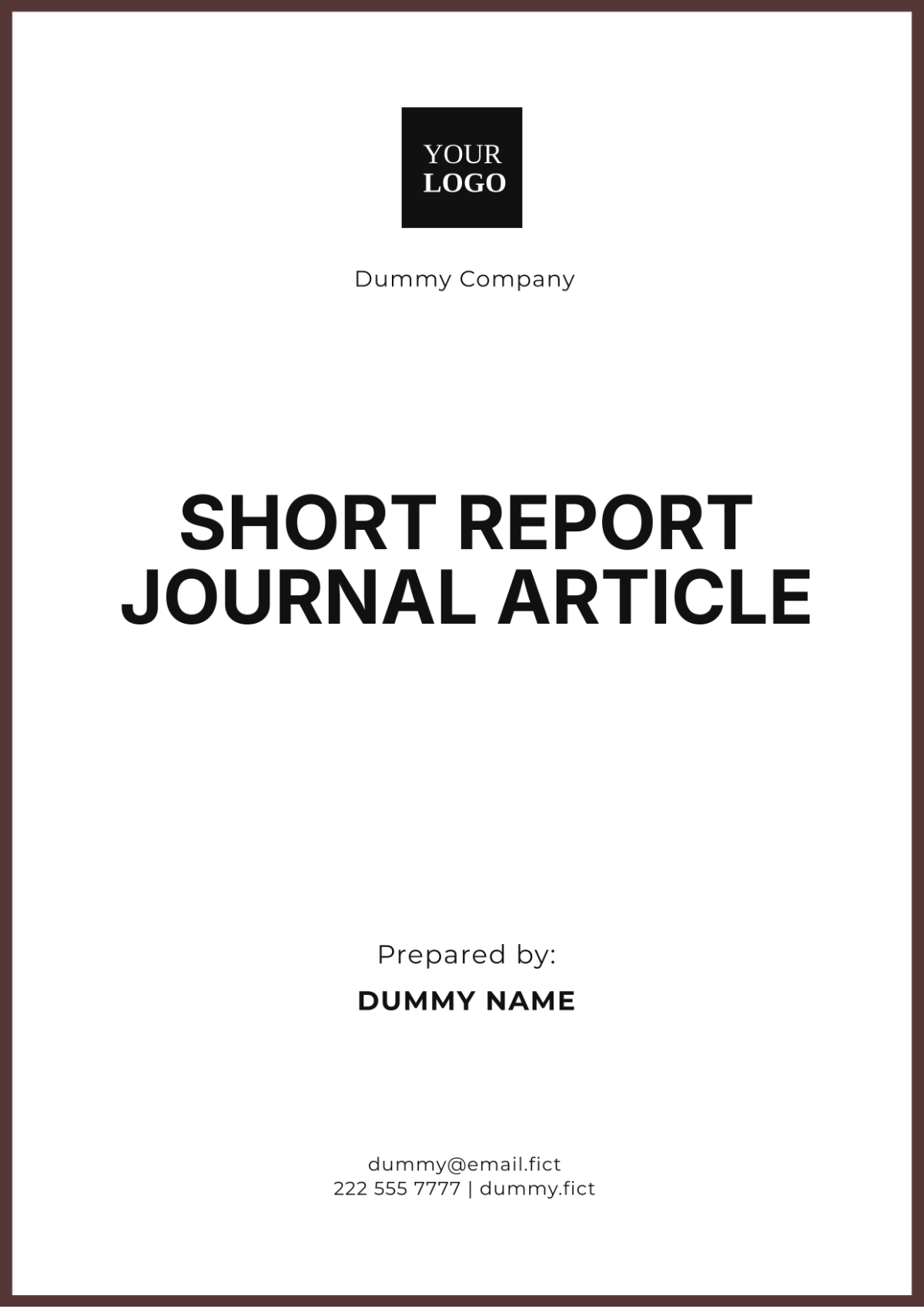Physics Optics Lab Report
Prepared By | Under the Supervision of: |
|---|---|
[Your Name] | [Your Company Name] |
I. Introduction
This lab report investigates fundamental principles of optics through practical experiments that examine the behavior of light, including reflection, refraction, and diffraction. The primary objective of the experiment was to understand and verify these principles using various optical instruments.
II. Materials and Methods
A. Materials
Materials | |
Optical bench | Prism |
Convex lens | Screen |
Concave lens | Laser pointer |
Plane mirror | Optical fibers |
Slit lamp | Protractor |
Photometer | Ruler |
B. Methods
1. Reflection Experiment
Setup: A plane mirror was mounted on the optical bench.
Procedure: A laser pointer was directed at the mirror at different angles.
Measurement: The angles of incidence and reflection were measured using a protractor.
Data Recording: Observations were recorded in a tabular format for analysis.
2. Refraction Experiment
Setup: Convex and concave lenses were used separately on the optical bench.
Procedure: A beam of light from the slit lamp was passed through each lens individually.
Measurement: The path of the light was traced, and object and image distances were measured.
Calculation: The focal lengths of the lenses were determined using the lens formula.
3. Diffraction Experiment
Setup: A monochromatic light source (laser pointer) was directed through a narrow slit onto a screen.
Procedure: The diffraction pattern produced on the screen was observed.
Measurement: The width of the central maxima was measured.
Analysis: Calculations were performed to analyze the diffraction pattern and confirm the wave nature of light.
III. Results
A. Reflection
Angle of Incidence (°) | Angle of Reflection (°) |
|---|---|
10 | 10 |
20 | 20 |
30 | 30 |
40 | 40 |
B. Refraction
Lens Type | Object Distance (cm) | Image Distance (cm) | Focal Length (cm) |
|---|---|---|---|
Convex Lens | 20 | 10 | 6.67 |
Concave Lens | 20 | -10 | -6.67 |
C. Diffraction
Slit Width (mm) | Distance to Screen (cm) | Central Maxima Width (mm) |
|---|---|---|
0.1 | 100 | 2.5 |
0.2 | 100 | 5.0 |
IV. Discussion
The reflection experiment confirmed the law of reflection, which states that the angle of incidence equals the angle of reflection. This agreement with theoretical predictions supports the fundamental understanding of reflective behavior.
In the refraction experiments, the calculated focal lengths for the convex and concave lenses were consistent with theoretical values derived from the lens formula. The positive focal length for the convex lens and the negative focal length for the concave lens illustrate the lenses' ability to converge and diverge light, respectively.
The diffraction experiment validated the wave nature of light as per Huygens’ principle. The variation in the width of the central maxima with different slit widths supports the idea that light behaves as a wave, spreading out when passing through narrow slits.
V. Conclusion
The experiments conducted successfully demonstrated key principles of optics, including reflection, refraction, and diffraction. The empirical data collected closely matched theoretical predictions, reinforcing the foundational concepts of optics. The practical application of optical instruments was instrumental in observing and measuring these phenomena, thereby enhancing the understanding of light behavior under different conditions.

















































